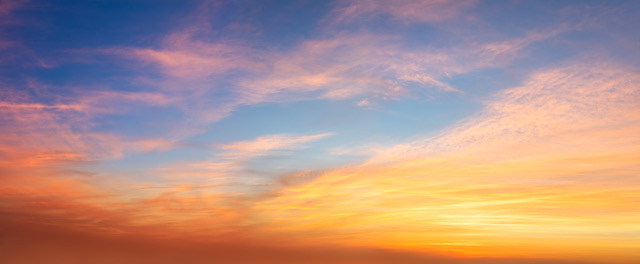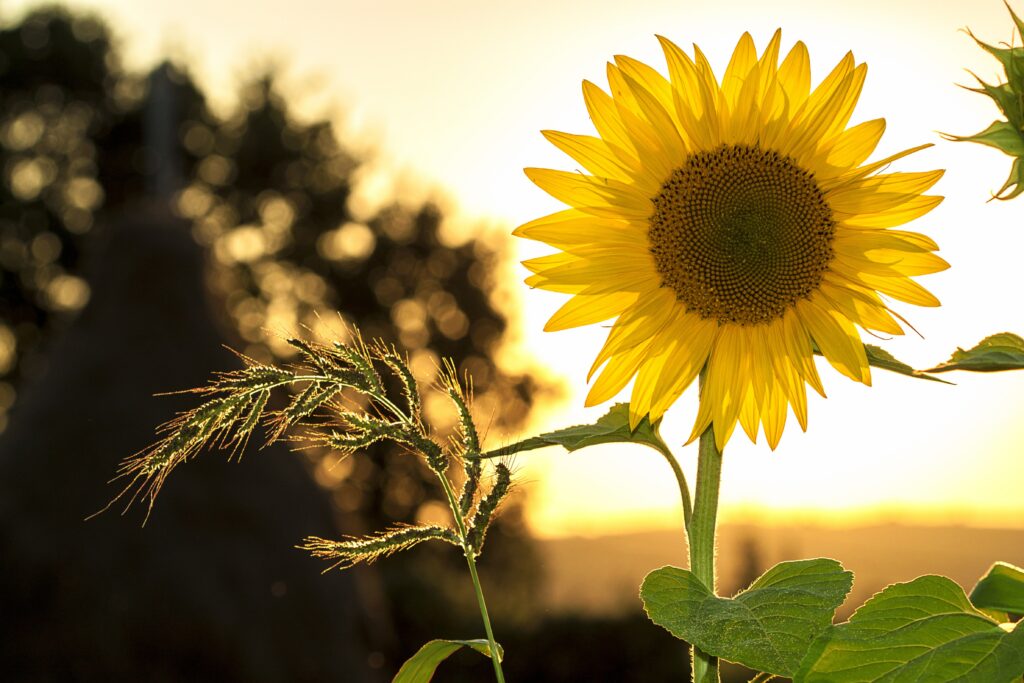Funeral resources & articles
Resource article categories:

Green Burial: An affordable and environmentally-friendly alternative death care option
How to Save Money on Funerals, Natural or Green Burial
April 22, 2025
Natural Death Care: the ‘do-it-yourself’ alternative
Cheap Funerals, Home Funeral Care, How to Save Money on Funerals, Memorialization Options
October 24, 2023